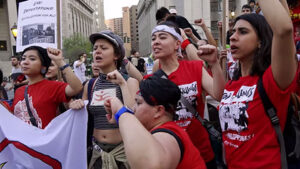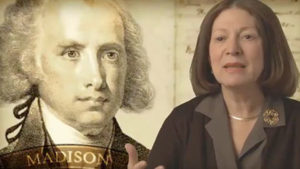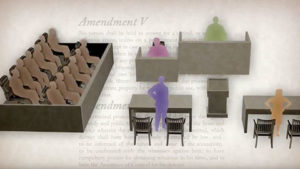This film examines freedom of the press, an essential First Amendment right, through the key Supreme Court Case New York Times v. Sullivan. It traces the relationship of the press to the Civil Rights movement of the 1960’s, and the ways in which proponents of segregation tried to use libel claims via the courts to prevent coverage of the violence inflicted upon peaceful protestors.


